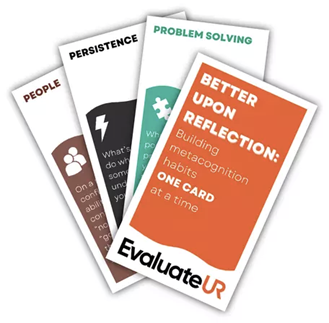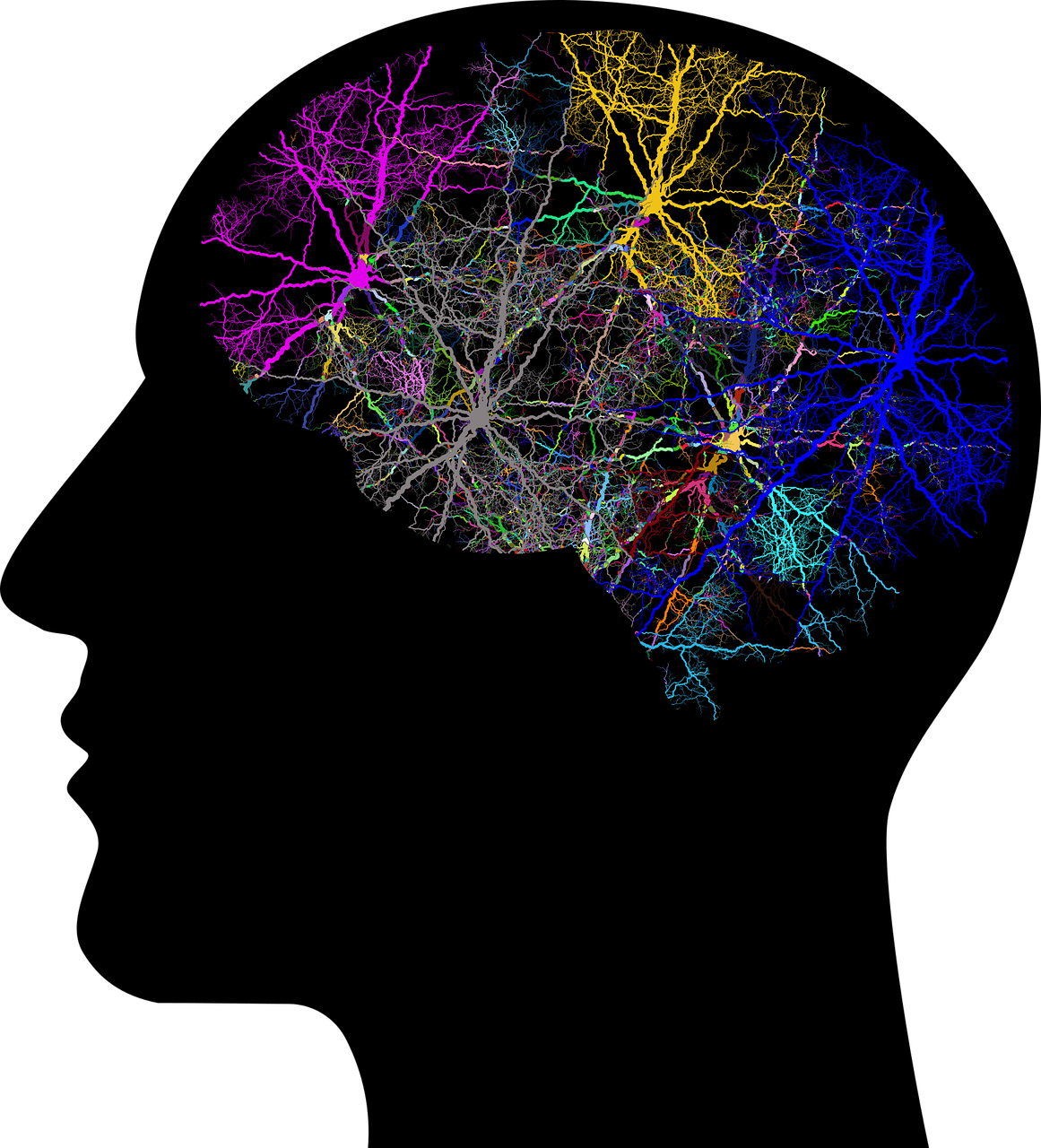| by David Woods and Beth Dietz, Miami University |
Downloadable |
Motivation for the activity or process: Teaching an introductory Information Technology (IT) course involves several goals that focus on creating metacognitive awareness and cognitive monitoring (Flavell, 1979; Schraw, 1998). The main goal of the course is to introduce students to several IT topics (e.g., data representations, computer architecture, and assembly language) that are foundational to the IT curriculum. Other goals of the course include analyzing and solving problems using a computer programming language, as well as applying written and oral communication skills to IT. Teaching these skills also helps address misconceptions about what IT professionals actually do. Students are often surprised to learn that IT professionals usually work in teams for specific projects or on an ongoing basis. Status reports are a key communication tool for groups, and good status reports require the individual to reflect and analyze what they have done, and plan for the future. Considering the course as a project, the status report should prompt the planning and evaluation aspects of metacognitive regulation (Flavell, 1979).
Context: A metacognitive-awareness activity was used in an introductory IT course. The course is a 100-level course and is one of the first courses taken by students considering a major in Computer and Information Technology. Typically, the class size is 20 – 25 students. While the instructor was only in his second year of full time teaching, he also had over 15 years experience working as an IT professional.
Description of activity: Weekly status reports are common activities in many IT positions, especially when an individual is part of a larger project team. They are a basic way for an employee to document what they have accomplished and what they are currently working on. This is valuable in the IT field since work such as writing software or configuring a server does not produce physical objects that provide visual evidence of progress.
The requirements for the status report were simple and made use of several metacognitive processes (Fogerty, 1994). Students were asked to discuss three specific items:
- Current week activity: List the main course related activities since the last status report and provide a brief discussion of each along with the amount of time spent on the activity. This prompts the student to evaluate their learning from the past week.
- Upcoming activity: List major course related activities planned for the next week with a brief discussion of the activity and what will be completed during the week. This prompts the student to plan the learning for the next week.
- Issues and Overdue items: List any problems with the course materials or assignments. If there are no issues, this should be clearly stated. This prompts the student to monitor their understanding of the issues or problems.
During the semester, students completed 13 status reports. The status reports made up 5% of the final grade and students were allowed to skip three reports (or alternatively earn extra points by doing all of the assigned status reports).
Outcomes and Lessons Learned: The assignment met the immediate goal of prompting metacognitive reflection by asking students to evaluate their prior learning, plan for future learning, and monitor the learning process (Fogerty, 1994). In addition, the status reports gave the instructor good feedback on the amount of work that students did outside of the scheduled class meetings. An additional benefit was the opportunity to provide feedback to students who submitted status reports with limited content and limited evidence of planning and evaluation.
Many status reports showed clear evidence of evaluation and planning as students reported challenges with specific concepts or assignments and then planned activities in response. Some students failed to mention class meetings or submitted assignments in the current week activity. When this was mentioned in grading feedback, later status reports from these student showed improved tracking of completed work.
As the semester progressed and a few students missed assignments, there was an opportunity to ensure that these were noted and discussed in the overdue items section. In several instances, instructor comments led to students evaluating root causes including poor time management and mandatory overtime at work. Not all of the root causes had obvious solutions, but discussing the root causes offered a chance to plan ways to address the issue and was more productive than simply reminding students about late assignments.
The simple structure for the status reports should work well for courses at all levels. In courses where students have more than a week to complete assignments, status reporting could require students to break assignments down into smaller tasks, which is a useful skill to develop.
References:
Flavell, J. H. (1979). Metacognition and cognitive monitoring: A new area of cognitive-developmental inquiry. American Psychologist, 34 (10), 906-911.
Fogarty, R. (1994). How to teach for metacognition. Palatine, IL: IRI/Skylight Publishing.
Schraw, G. (1998). Promoting general metacognitive awareness. Instructional Science, 26(1-2),113-125.



